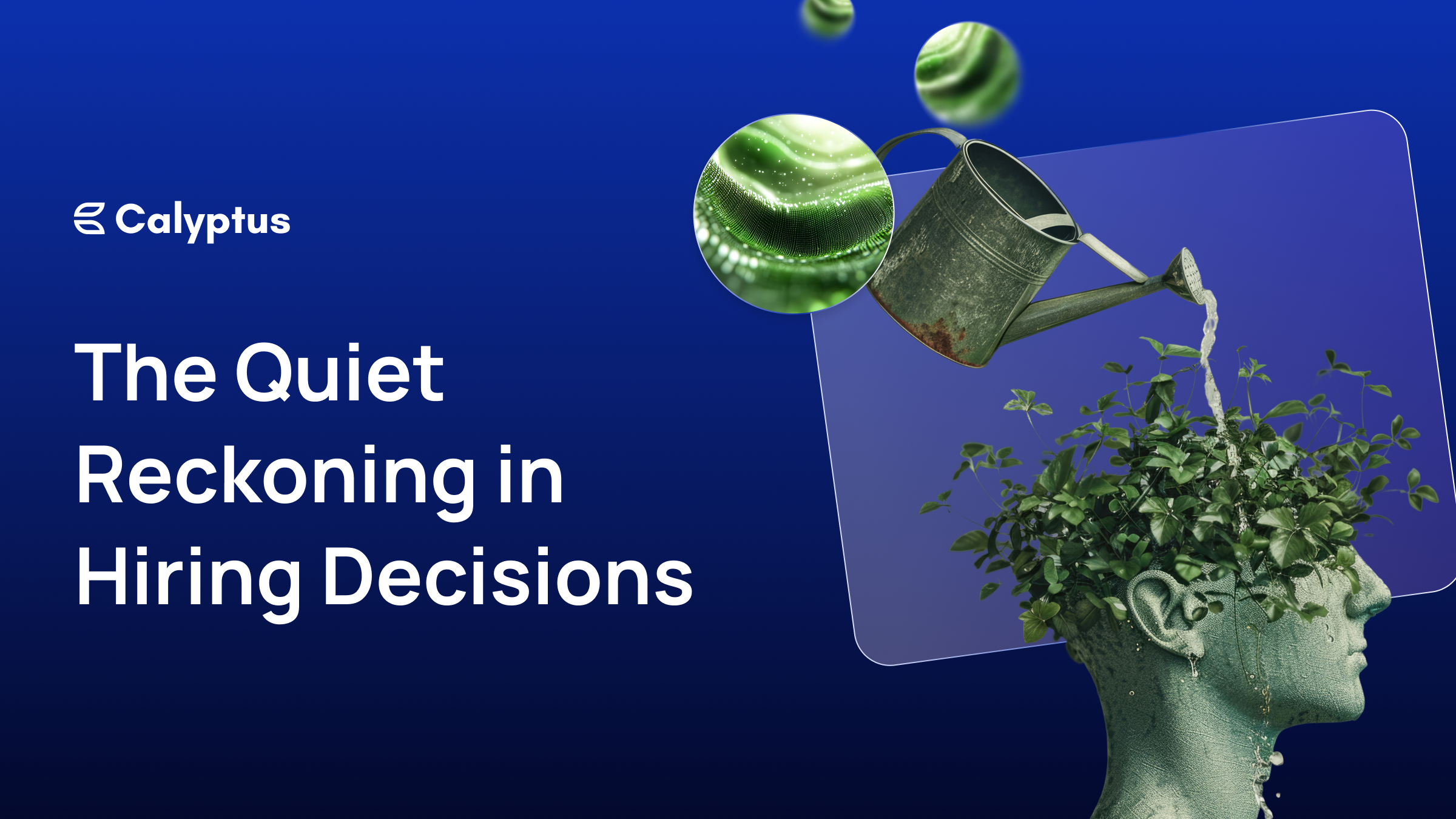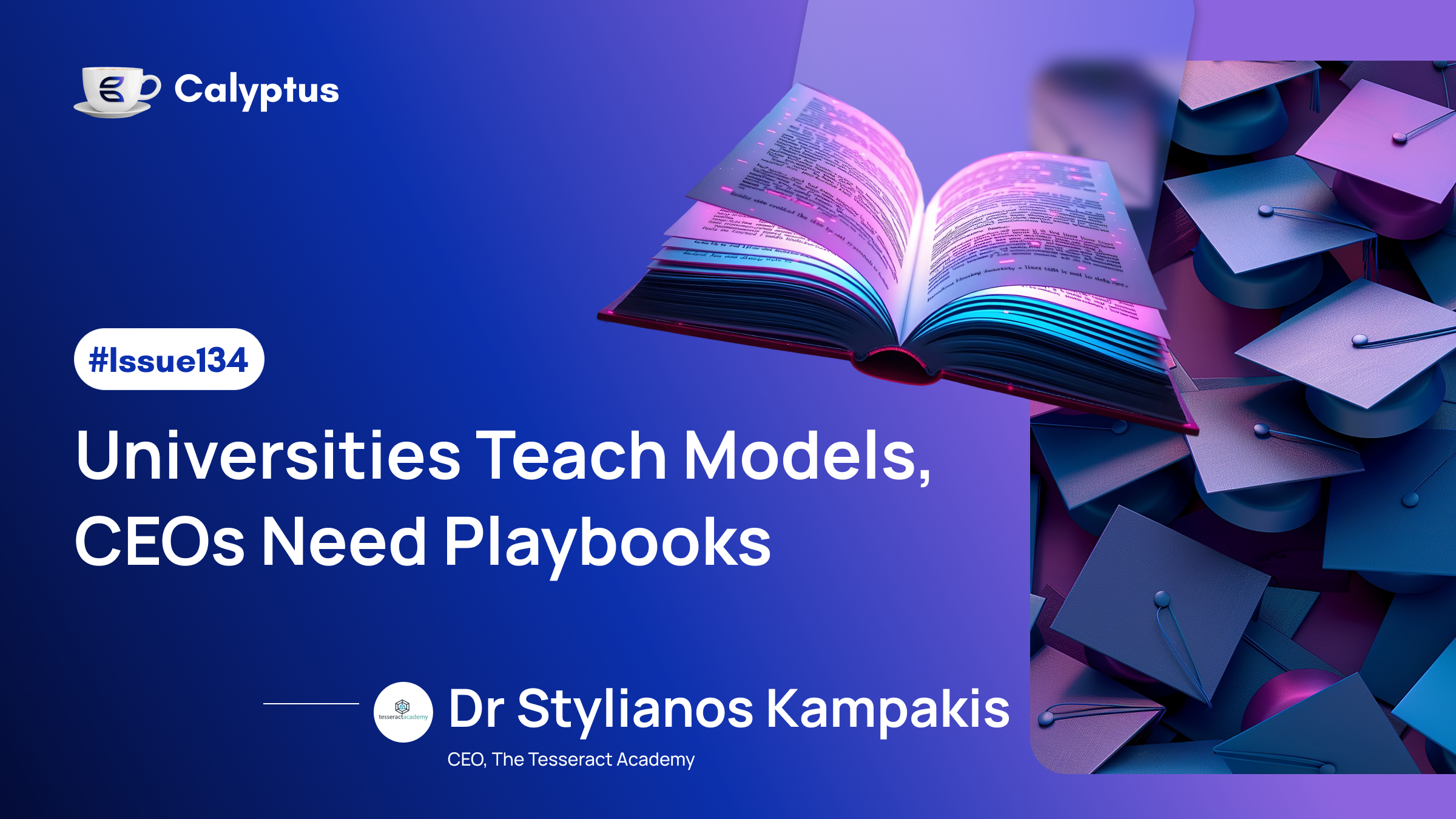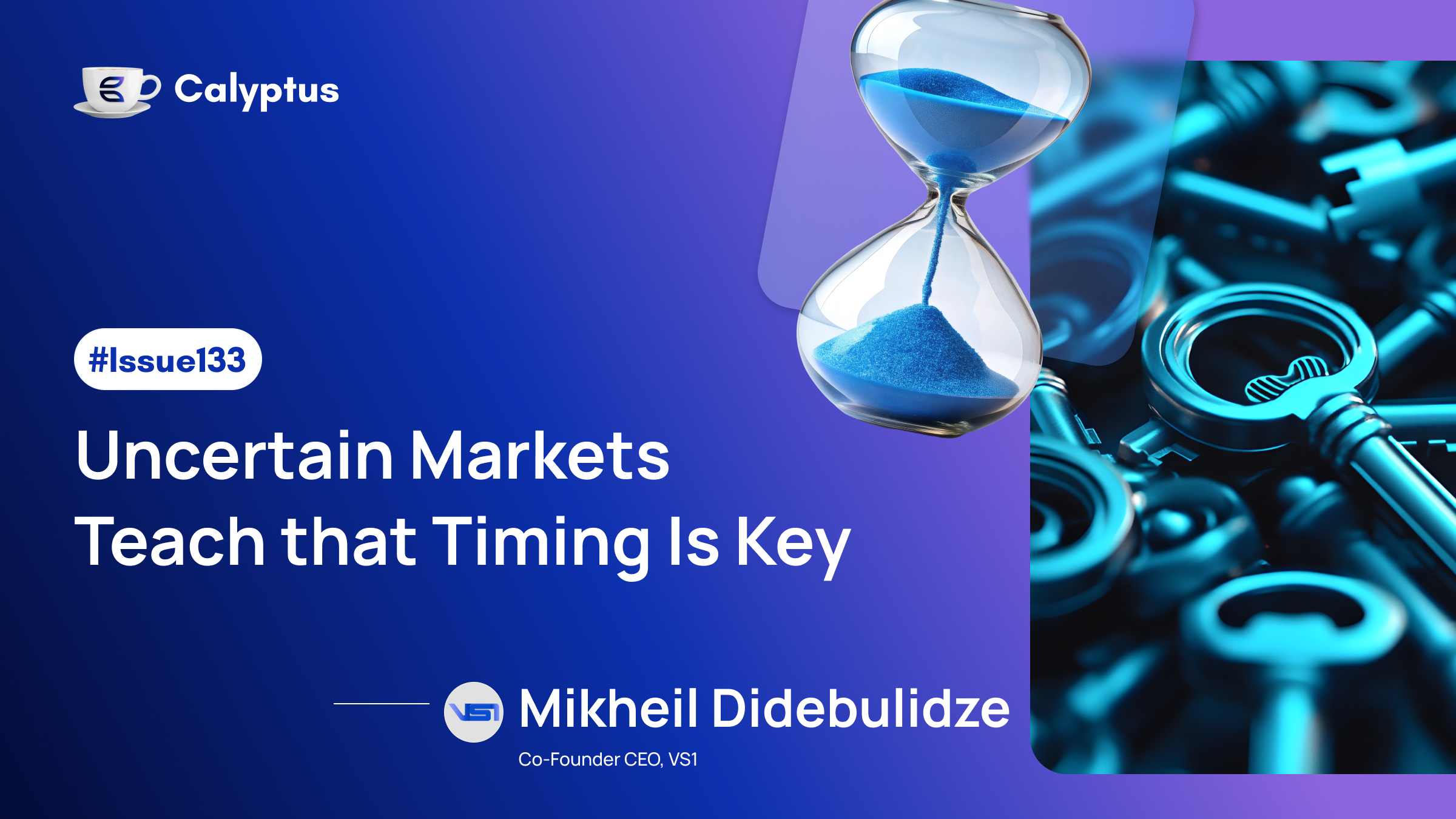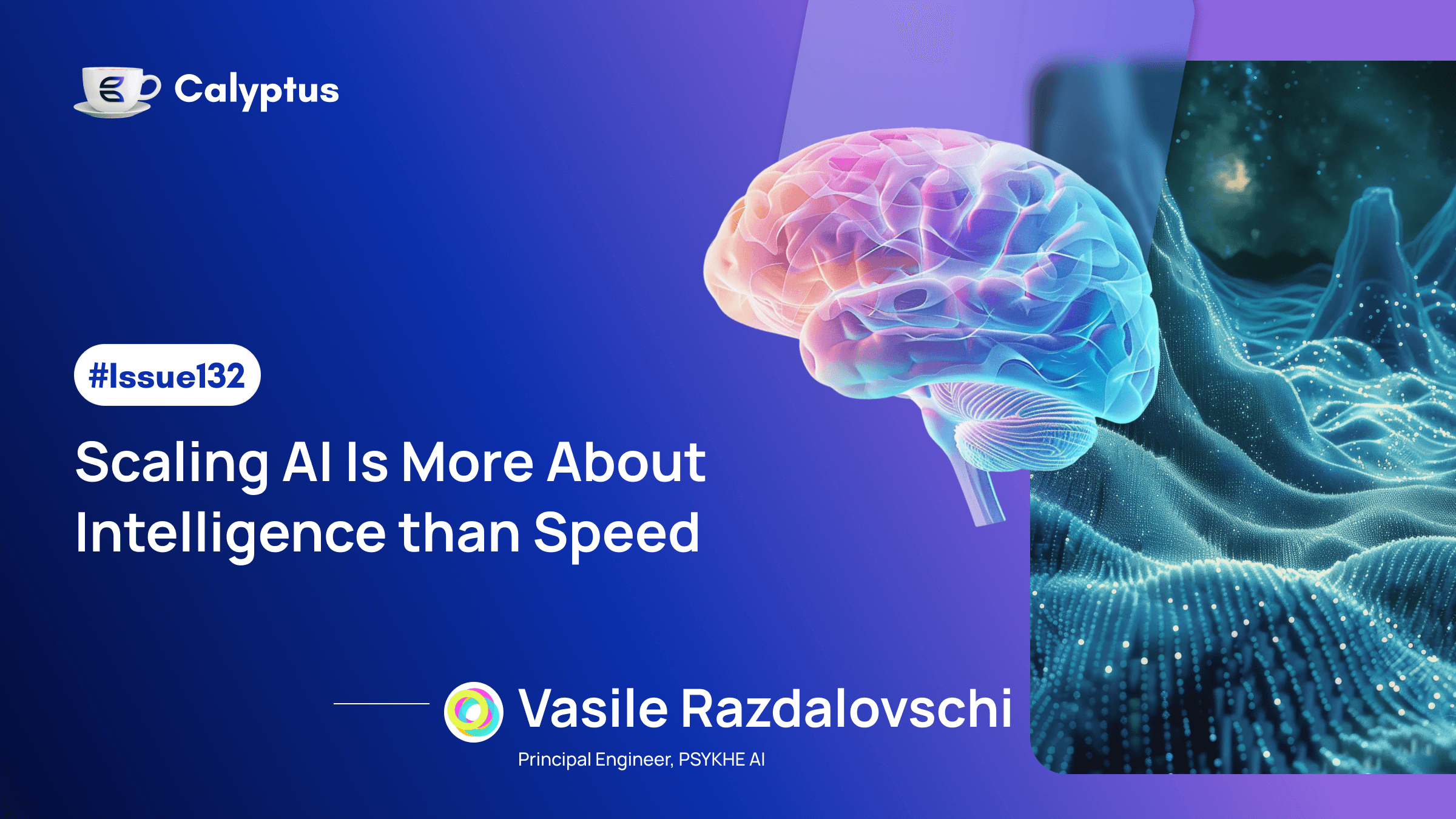For years, hiring has often been defended as an art more than a science. “I trust my intuition,” “I like the energy,” “It felt off," these phrases are common in postmortems. But when AI systems begin producing performance-oriented predictions, structured evaluations, and audit trails, those excuses start to falter.
AI tools aren’t perfect, far from it, but two things are true right now:
- AI highlights what human judgment misses (bias, inconsistency, hidden assumptions).
- Recruiters who lean on fuzzy criteria will look worse by comparison.
Consider one recent study from the University of Washington: large language model (LLM)–based resume screening systems ranked white-associated names over Black-associated ones 85% of the time, and female-associated names only 11% of the time, even when content was held constant. That doesn’t absolve human reviewers, it signals that any system, human or machine, must contend with embedded biases.
In another experiment, researchers found that LLMs tend to favor resumes that resemble their own outputs i.e. “self-preferencing bias,” with candidates using the same LLM as the evaluator getting a 23–60% boost in shortlisting probability. That means even neutrality becomes hard to maintain if the system itself nudges outcomes.
Meanwhile, AI-driven video interview systems built on personality and affective models are showing measurable disparity across demographic groups. In Behind the Screens: Uncovering Bias in AI-Driven Video Interview Assessments Using Counterfactuals, the authors show that AI assessment pipelines can amplify biases unless carefully audited with counterfactual methods.
These results matter intensely when job applicants demand fairness, transparency, and accountability. The “vibe check” won’t survive legal or ethical scrutiny when an AI record of assessment exists.
What AI Demands That Weak Judgment Cannot Provide
Here’s how good AI recruitment systems are forcing higher standards and what recruiters must master to stay indispensable.
1. Consistency, auditability & traceability
AI systems generate logs: how a candidate was scored, which attributes contributed, thresholds, fairness checks. That means every hiring decision can be traced and reexamined. If you once said “I don’t know why I passed them,” that excuse no longer holds.
2. Data-driven feedback loops
A robust AI recruitment pipeline uses post-hire performance, retention, and internal mobility data to recalibrate candidate scoring. That means if your “intuitive hires” consistently underperform, the system learns and adjusts. Intuition without feedback is a blind alley.
3. Explainable evaluation
Effective systems break apart assessments into component judgments (skills, behaviors, culture fit) and attach explanations ("this candidate scored high on project leadership because of examples in their portfolio"). That makes evaluation defensible and interpretable and raises the bar on justifying your own calls.
4. Bias detection & mitigation baked in
AI recruitment tools without bias guardrails replicate societal inequities. Fairness in recruitment AI is a fast-growing field: studies warn of demographic bias in recruitment algorithms, and many AI frameworks now incorporate fairness metrics as constraints. (ScienceDirect) AI isn’t a silver bullet for fairness but human decision alone doesn’t absolve bias either.
5. Agentic orchestration & autonomous workflows
More advanced systems momentarily delegate parts of the hiring process initial screening, summarization, candidate matching to intelligent agents, while retaining human review at control points. For example, a recruiter might only see final selections with rationales rather than combing through dozens of resumes. Forbes describes how AI agents are refining candidate discovery and evaluation at scale. (Forbes) As these tools mature, they reduce the wall between sourcing, screening, and decision shrinking the space for subjective debris.
Why Many Recruiters Will Be Exposed and How to Avoid It
Pitfall: Leaning on soft rationale
If your default explanation is “felt right,” “energy was good,” or “vibe matched,” AI tools with quantifiable assessments will make those explanations hollow. Less defensible, less scalable, less credible.
Pitfall: Ignoring calibration
Human judgment drifts over time. Without systematic calibration comparing predictions to outcomes intuitive judgment accumulates error. AI forces you to tether judgment to measurable reality.
Pitfall: Resisting transparency
If you’re reluctant to show why a candidate was passed or rejected, you’ll struggle in a world where AI systems demand explanation, compliance, and auditability.
How to stay relevant:
- Learn to co-pilot AI: Digest scoring rationales, push back, override when valid, but don’t discard the system.
- Cultivate calibration discipline: Set checkpoints where predictions are compared to outcomes and judgment is recalibrated.
- Master interpretability: Be able to explain decisions in structural, data-informed terms, not gut-feel phrases.
- Guard against automation bias: AI is fallible. Your role is to catch where AI fails, to question outliers, and to maintain human nuance.
- Own ethics & fairness: Demand and understand the fairness metrics baked into your systems. If your AI shows disparity across protected groups, challenge it don’t hide behind the “machine made it” excuse.
The Future of Hiring
AI isn’t coming for recruiters, it’s coming for weak judgment. Those who lean on inconsistent, untraceable reasoning will find themselves less credible in comparison to systems that can justify decisions with data, calibration, and transparency.
At the same time, reliance on AI without critical human oversight can tilt outcomes unfairly: hence the need for hybrid models. A strong recruiter in 2025 will be someone who:
- works with AI, not under it;
- treats hiring as a continuously optimized process, not a one-off guess;
- insists on interpretability and fairness in every decision;
- focuses effort where human judgment still matters: cultural fit, leadership potential, intuition grounded by data, not intuition alone.
The “gut” is no longer a refuge. In the age of AI recruitment, letting “felt right” rule your decisions is a liability both operationally and ethically. Strong recruiters will lean deeper into data, transparency, and oversight.
Sources
- Dastin, J. AI bias and fairness in recruitment algorithms. Computer Law & Security Review, Vol. 53, 2024. sciencedirect.com
Tank, A. How AI Agents Are Revolutionizing Recruitment. Forbes, April 17, 2025. forbes.com




